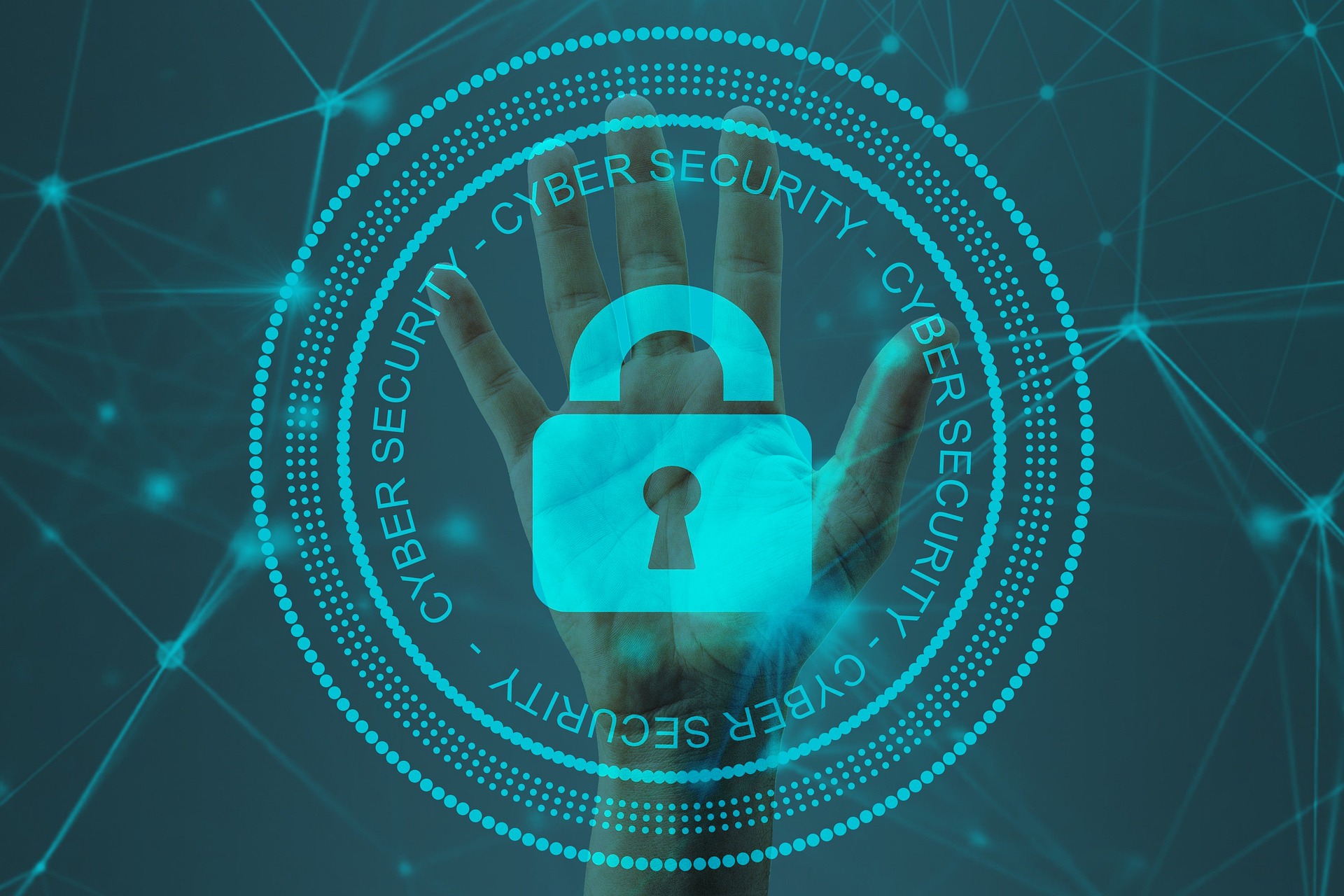Organizations start asking how they could defend their systems and people differently.
The changed world we’ve found ourselves living in since the global pandemic struck in 2020 has been particularly helpful to cybercriminals.
Homeworking, the ongoing digitization of society, and the increasingly online nature of our lives mean opportunities about for phishers, hackers, scammers, and extortionists. As we head into 2022, there is, unfortunately, no sign of this letting up. This is why it’s essential for individuals and businesses to be aware of the ever-growing avenues of attack as well as what can be done to mitigate the risks!
While the covid-19 pandemic upended workplaces and ushered in rapid digital transformation, the turmoil around cybercrime has remained constant: attackers are always changing tactics to evade detection. Flexible, customer-first solutions have emerged to meet ever-changing circumstances to keep organizations secure and confident against cyber threats. In the new year and beyond, as technology and workplace trends evolve and laws and regulations change, cybersecurity forecasts are emerging.
Enterprise spending on cybersecurity is expected to hold steady in 2022, as studies show that nearly all CISOs are getting a budget increase or level funding in the new year—only a small fraction of security chiefs will see their budgets fall.
CSO’s 2021 Security Priorities Study found that 44% of security leaders expect their budgets to increase in the upcoming 12 months; that’s a slight bump-up from the 41% who saw their budgets increase in 2021 over 2020. Fifty-four percent of respondents say they expect their budgets to remain the same over the next 12 months. Only 2% said they’re expecting a decrease—a much smaller figure than the 6% who saw their spending drop from 2020 to 2021.
According to PwC’s 2022 Global Digital Trust Insights report, “investments continue to pour into cybersecurity” with 69% of responding organizations predicting a rise in their cyber spending for 2022. Some even expect a surge in spending, with 26% saying they anticipate a 10% or higher spike in cyber spending for the upcoming year.
Meanwhile, tech research and advisory firm Gartner estimated that spending on information security and risk management will total $172 billion in 2022, up from $155 billion in 2021 and $137 billion the year before.
Firstly, it’s worth knowing that Gartner’s predictions come from Gartner IT Symposium/Xpo Americas, which ran virtually in October 2021.
The key theme of discussion this year was to explore the lessons learned from the ongoing disruption and uncertainty. On their page, Gartner states that they revealed their top strategic predictions for 2022 and beyond. These are:
- By 2024, 30% of corporate teams will be without a boss due to the self-directed and hybrid nature of work.
- By 2025, synthetic data will reduce personal customer data collection, avoiding 70% of privacy violation sanctions.
- By 2024, 80% of CIOs surveyed will list modular business redesign, through composability, as a top 5 reason for accelerated business performance.
- By 2025, 75% of companies will “break up” with poor-fit customers as the cost of retaining them eclipses good-fit customer acquisition costs.
- By 2026, a 30% increase in developer talent across Africa will help transform IT into a world-leading start-up ecosystem, rivaling Asia in venture fund growth.
- By 2026, non-fungible token (NFT) gamification will propel an enterprise into the top 10 highest-valued companies.
- By 2027, low orbit satellites will extend internet coverage to an additional billion of the world’s poorest people, raising 50% of them out of poverty.
- By 2027, a quarter of the Fortune 20 companies will be supplanted by companies that neuromine and influence subconscious behavior at scale.
- By 2024, a cyberattack will so damage critical infrastructure that a member of the G20 will reciprocate with a declared physical attack.
Conclusion
There is no such thing as the perfect plan, and many believe the future is unpredictable. However, if this were true, we wouldn’t have weather forecasts, and we wouldn’t have the list above along with the countless lists by other cybersecurity specialists and specialist companies.
The future is predictable (to some extent) by looking at the past and making some basic assumptions about what the future may hold for us. The time is right to take stock of what has gone before and make some reasonable assumptions and predictions about what our future holds, for there is no doubt that change is coming.





